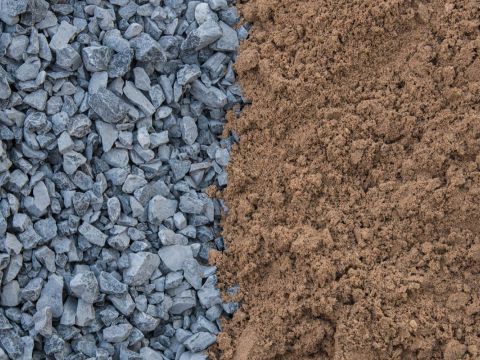Engineered Fill
Engineered Fill
Barren Rock and Sand Tailings are produced by the mine and put to useful purpose as engineered fill. Approximately 365,000 tons of engineered fill per year is produced by the project. These materials are environmentally benign and create no water quality issues.
Barren rock is unmineralized rock derived from tunnelling underground to access mineralized areas.
Sand tailings is the sand that remains after gold and sulphide minerals are removed in the process plant. One half of the sand tailings are used for engineered fill and the remaining half is used for underground backfill.
Engineered Fill does not contain asbestos or ultramafic rock and therefore does not have the potential to contain asbestos.
Testwork has shown that barren rock and sand tailings do not produce acid or leach metals when exposed to weathering and precipitation and these materials contain negligible trace elements.
Mine “Waste”
In mining, any mined and processed material deemed not valuable is termed “mine waste”.
The Idaho-Maryland Mine produces little “mine waste” in comparison to other gold mines because it is an underground mine and has historically been known for its high-grade gold mineralization. Assuming historic grades, the project would produce 95% less “mine waste” per oz of gold (5 tons per oz) than the industry average (90 tons / oz)1.
The engineered fill placement, comprised of barren rock and sand tailings, is designed to maximize usable flat area to create new industrial land in Nevada County. Sand tailings are also used to backfill mined voids underground. Since these materials are put to a useful purpose, the minimal “mine waste” generated by the project is not waste.
References
1) Based on Idaho Maryland Mine Project Description and assumed production of 100,000 oz per year compared to 2019 public sustainability reports for top 10 gold producers representing 27% of world gold production


